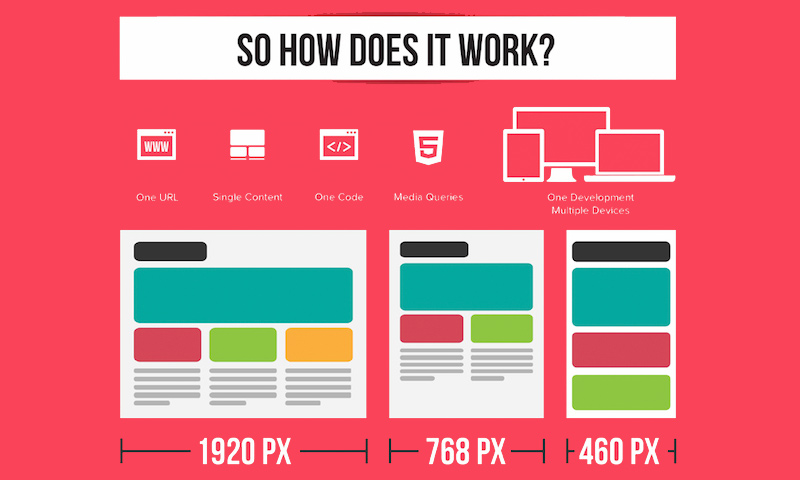The Dos And Donts Of Typography In Web Design
The Dos And Donts Of Typography In Web Design
Blog Article
Write-Up By-Davies Cummings
Improve your website design by picking easy-to-read font styles and ideal sizes. Choose clear sans-serif or serif typefaces for far better readability. Stay with 2-3 typefaces for uniformity. Stay clear of tiny dimensions that stress the eyes. Prioritize simpleness over intricacy. These pointers will assist you produce an aesthetically appealing and interesting website effortlessly.
Typography plays an important role in website design, and it is essential to understand the most effective methods for utilizing font styles properly.
DO:
* Pick fonts that are easy to check out and constant throughout the website.
* Usage headings and subheadings to produce aesthetic hierarchy and enhance readability.
* Use font style dimensions and line spacing to create a clear and organized format.
* Experiment with various typeface mixes to produce an unique and aesthetically appealing design.
DON'T:
* Use way too many different typefaces, as this can create aesthetic mess and make the internet site look unprofessional.
* Usage font styles that are too luxuriant or difficult to read, as this can make the web content hard to understand.
* Usage typeface dimensions that are also tiny or also huge, as this can make the material illegible or aesthetically overwhelming.
* disregard to examine the web site's typography across various tools and display sizes, as this can affect the layout and readability of the material.
Value of Typography in Website Design
Typography plays a crucial function in web design by improving readability, visual appeal, and total individual experience. When used successfully, typography can communicate the tone and message of your material, making it less complicated for individuals to involve with your website. Selecting the appropriate fonts, sizes, spacing, and colors can substantially influence exactly how visitors view and connect with your website.
The readability of your site is directly tied to the typography choices you make. Picking clear font styles and ideal font sizes makes sure that customers can quickly eat the details on your pages without stressing their eyes. Furthermore, appropriate spacing in between lines and paragraphs can boost comprehension and guide users through the material perfectly.
Furthermore, typography adds to the visual charm of your website. By producing an unified combination of typefaces and colors, you can establish a cohesive layout that astounds users. Get Source throughout various sections of your website additionally helps in keeping an expert and sleek appearance, enhancing the general user experience.
Dos of Typography
To boost the readability and aesthetic charm of your site, make certain that you choose typefaces that are easy to read and properly sized. Pick typefaces that are clear and clear, such as sans-serif or serif typefaces, which are typically used for body text. Sans-serif typefaces like Arial or Helvetica work well for digital displays, providing a modern and clean appearance. On the other hand, serif font styles like Times New Roman or Georgia can add a touch of elegance and custom to your web site.
An additional crucial element to consider is font sizing. Make sure your text is large sufficient to be read easily without stressing the eyes. Select a typeface size of at least 16px for body text to guarantee readability. Furthermore, utilize different font sizes to create a visual pecking order on your web site. Headings and subheadings ought to be larger and bolder than the body text, assisting the viewers via the content effortlessly.
Donts of Typography
Stay away from using an extreme variety of typefaces in your web design to maintain consistency and readability for your target market. When it comes to typography, much less is often more.
Here are some essential 'Do n'ts' to keep in mind:
1. ** Stay clear of using way too many various font styles **: Limitation on your own to 2-3 fonts for your entire website. Utilizing much more can make your layout look messy and less than professional.
2. ** Do not utilize typefaces that are difficult to read **: Fancy or excessively ornamental typefaces may look enticing, yet if they sacrifice readability, they aren't worth it. Stick to typefaces that are easy on the eyes.
3. ** Steer clear of using tiny font dimensions **: Little message might seem sleek, yet if it's too little, it can stress your site visitors' eyes. Make certain your text is huge sufficient to review comfortably on all devices.
Conclusion
So, remember, when it involves typography in web design,
do pick typefaces carefully, maintain it straightforward, and focus on readability.
But don't overdo it with a lot of font styles, dimensions, or shades.
Besides, the key to terrific design is frequently found in the simpleness of typography.
So, following time you're working on an internet site, bear in mind that often much less is much more - even when it pertains to font styles.
